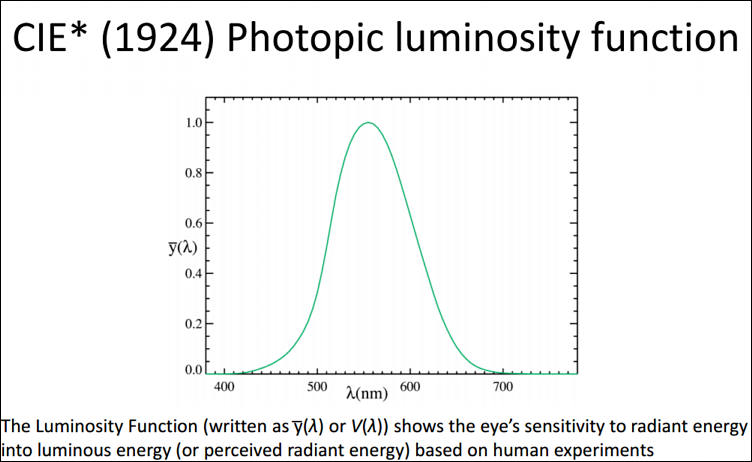
It allows to keep PV going, with more focus towards AI, but keeping be one of the few truly independent places.
-
It is not so simple as it can look, as you need sensor with proper spectral response as well as proper integration hemisphere.
Proper human sensitivity match (aka v-lambda curve) is a must. Most else you can compensate.
Good cheap lux meter that is more or less accurate (it is considered around +-10%) is, strangely, not so easy to get.
From really cheap ones, I suggest to get this one - https://www.aliexpress.com/af/lux-meter-lx1010b.html (with large white integration cover).
It is far from perfect, but not very bad for many lights.
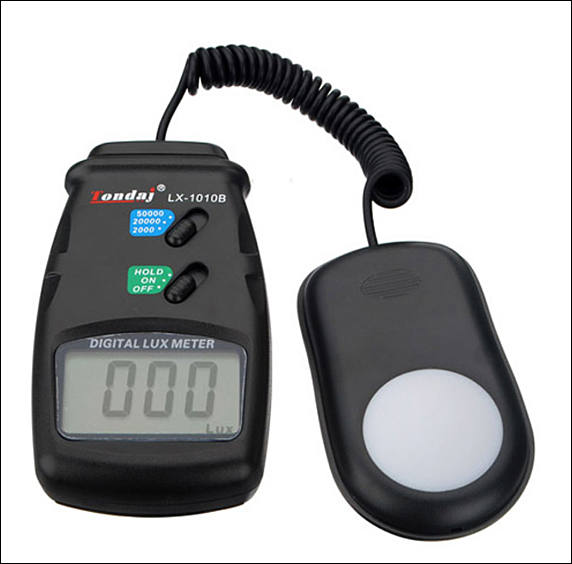
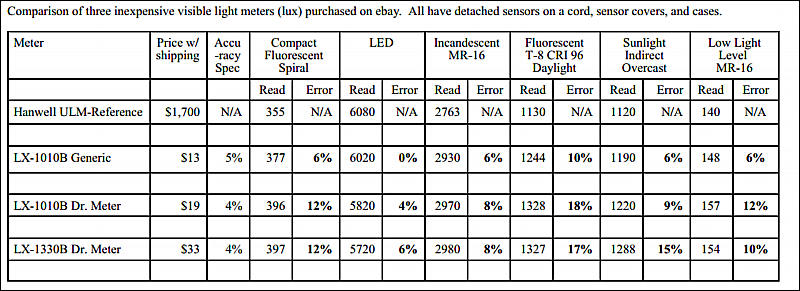
-
Not so cheap one
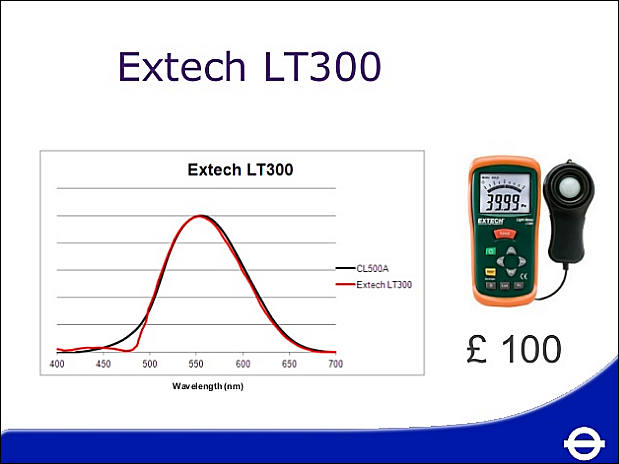
Make sure to check http://www.slideshare.net/theilp/pls-2014-is-measuring-led-illuminance-with-a-lux-meter-accurate

 img3014.jpg619 x 464 - 37K
img3014.jpg619 x 464 - 37K -
Even this function can have versions (newer one are more precise)
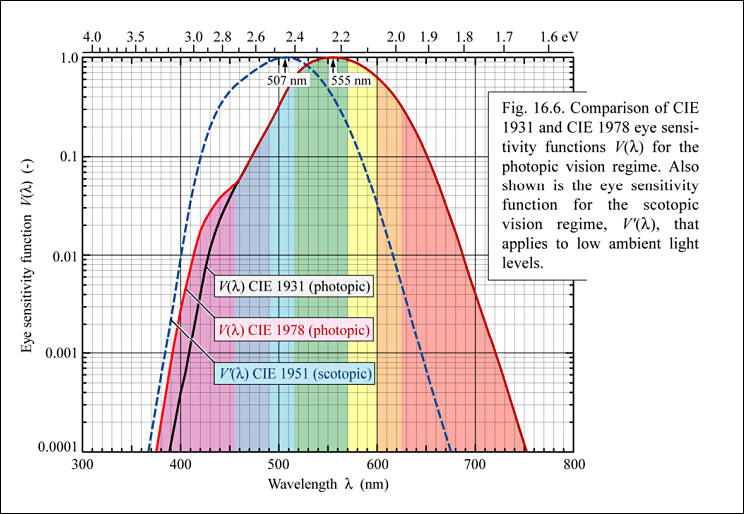
https://www.ecse.rpi.edu/~schubert/Light-Emitting-Diodes-dot-org/Sample-Chapter.pdf

 sample934.jpg744 x 514 - 84K
sample934.jpg744 x 514 - 84K
Howdy, Stranger!
It looks like you're new here. If you want to get involved, click one of these buttons!
Categories
- Topics List23,993
- Blog5,725
- General and News1,354
- Hacks and Patches1,153
- ↳ Top Settings33
- ↳ Beginners256
- ↳ Archives402
- ↳ Hacks News and Development56
- Cameras2,368
- ↳ Panasonic995
- ↳ Canon118
- ↳ Sony156
- ↳ Nikon96
- ↳ Pentax and Samsung70
- ↳ Olympus and Fujifilm102
- ↳ Compacts and Camcorders300
- ↳ Smartphones for video97
- ↳ Pro Video Cameras191
- ↳ BlackMagic and other raw cameras116
- Skill1,960
- ↳ Business and distribution66
- ↳ Preparation, scripts and legal38
- ↳ Art149
- ↳ Import, Convert, Exporting291
- ↳ Editors191
- ↳ Effects and stunts115
- ↳ Color grading197
- ↳ Sound and Music280
- ↳ Lighting96
- ↳ Software and storage tips266
- Gear5,420
- ↳ Filters, Adapters, Matte boxes344
- ↳ Lenses1,582
- ↳ Follow focus and gears93
- ↳ Sound499
- ↳ Lighting gear314
- ↳ Camera movement230
- ↳ Gimbals and copters302
- ↳ Rigs and related stuff273
- ↳ Power solutions83
- ↳ Monitors and viewfinders340
- ↳ Tripods and fluid heads139
- ↳ Storage286
- ↳ Computers and studio gear560
- ↳ VR and 3D248
- Showcase1,859
- Marketplace2,834
- Offtopic1,320


